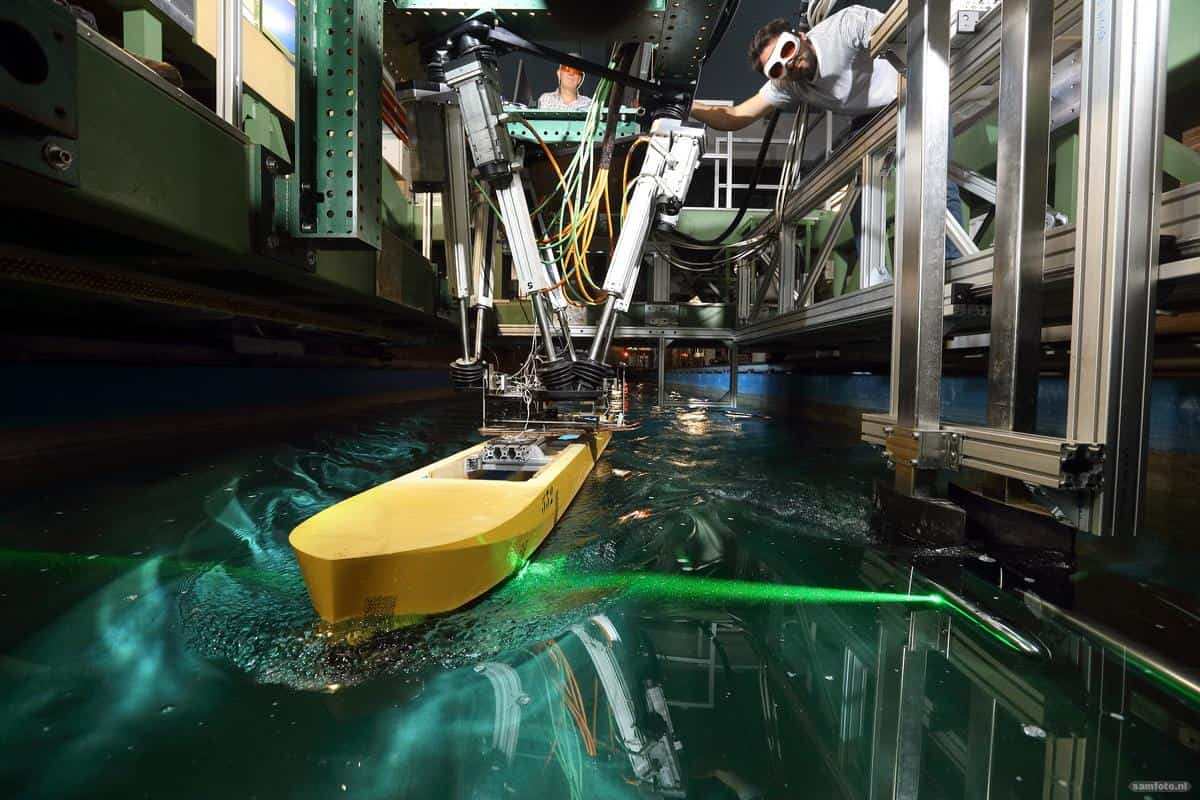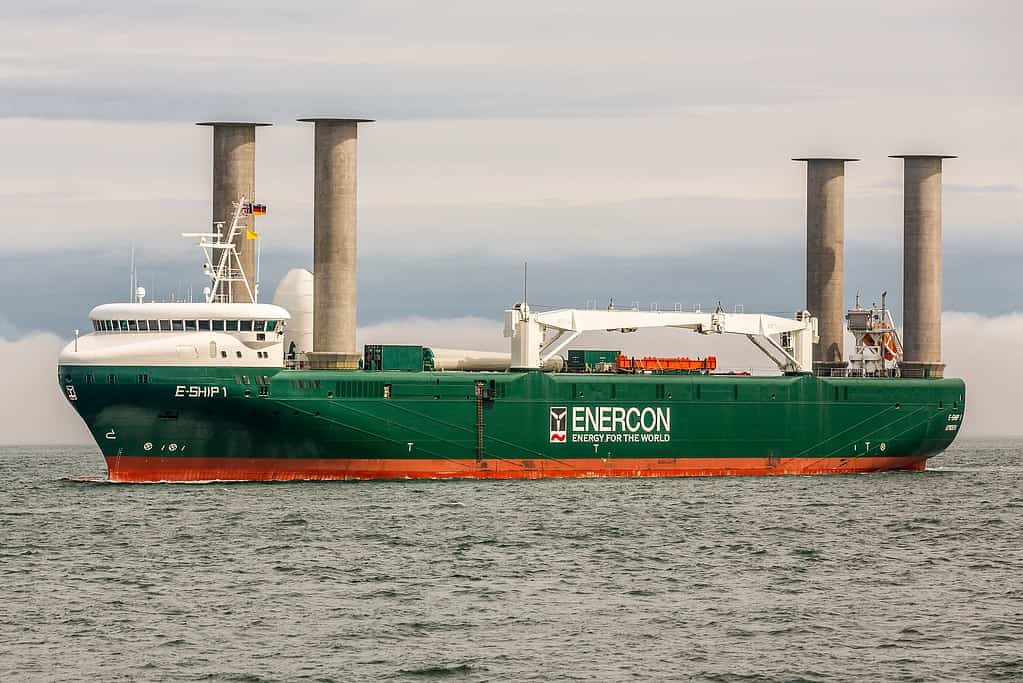In an age where sustainability has become a rallying cry across industries, researchers are revisiting an ancient maritime mainstay with a modern twist: sails. But these aren’t the billowing, canvas sails that graced the masts of old schooners and clippers. Instead, they are looking towards advanced, automated sail systems that could harness wind power to reduce reliance on fossil fuels.

For centuries, human explorers roamed the oceans using ships with sails. Then, with the emergence of modern engines and advanced materials, ships changed. It didn’t take all that long for sail ships to become a nostalgic relic and for engine ships to become the norm. But things may change once more. According to a new study, sails could make a comeback.
Global shipping is a massive industry. It’s the lifeblood that keeps the world connected. A whopping 90% of everything around you is transported by cargo vessels. Given the immense scale of sea shipping, it doesn’t seem so surprising that ships account for 3% of all greenhouse gas emissions. But they can do better.
‘In this research programme, we’re actually going back to the classic notion of a sail,’ says Albert Rijkens, coordinator of the project. So essentially, the researchers are looking to use rotor sails to propel the ship directly. But these aren’t exactly the sails they’re working on.
‘Instead of sails, we now use rotating steel rotors that exert a propulsive force on the ship by means of an aerodynamic effect.’
The problem is that today’s ships are way too heavy to rely on wind. Wind on its own not enough to propel a large ship. That’s why researchers are looking at wind more like an assistant, complementing traditional engines. This could save fuel and make ships more efficient, reducing costs and CO2 emissions.
Sailing back into fashion
Sailors have been using the wind for thousands of years. The ancient Egyptians were using wind sails some 5,000 years ago. Sailing ships were used for thousands of years. They were mostly used for coastal travel, although the Vikings did use them to get from Europe to America a thousand years ago. Then, in the so-called Age of the Discovery, in the 15th century, square-rigged, multi-masted vessels became the norm. Ships started becoming larger and more complex.
This lasted until the 20th century. Steam engines and internal combustion engines took over the task of propulsion, and it seemed like the industry would never look back. But here we are.

The research project that Rijkens mentions is in progress at Delft University in the Netherlands. Two faculties are involved in the research: Aerospace Engineering is in charge of the aerodynamics and measurements in the wind tunnel and Mechanical Engineering, Maritime Technology & Technical Materials Sciences is in charge of ship design and hydromechanics, as well as testing in the towing tank. It takes a lot of work and expertise because it’s not about recreating old technology — it’s about morphing old technology into something new.
The Delft research looks mainly at rotating cylinders, something called a Flettner rotor. The Flettner rotor ship doesn’t rely on sails in the traditional sense but uses these rotating cylinders to move forward. This is a type of ship propulsion system that utilizes the so-called Magnus effect to generate propulsion. When wind blows over the spinning rotors, which are cylindrical and tall like masts, the difference in air pressure on the opposite sides of the rotor creates a lift force that is perpendicular to the wind direction. This force can then be harnessed to propel the ship forward, with the direction of thrust controlled by the angle at which the rotors are positioned relative to the wind.
Up to 30% fuel reduction
As strange as this sounds, it’s actually already in use. According to Rijkens, around 30 vessels currently use wind-assisted propulsion worldwide. ‘It’s an emerging market. For a long time vessels were exempt from emission regulations. Until the beginning of this year. So there’s a need for technology that makes shipping more sustainable.’
However, these vessels are essentially old-school cargo ships with auxiliary sail prototypes fitted to them. The fuel usage reduction of these prototypes is around 10%, but Rijkens says the reduction can be increased to 30%.
The vessels on the market today are essentially prototypes. The auxiliary sails have been fitted to existing cargo ships, with much of the work coming from the industry side. But the industry lacks some of the integrated knowledge that universities and research centers can bring.
This isn’t just about building some rotors and installing them. The auxiliary propulsion brings in numerous complications that need to be studied in detail if we want to optimize the process.
“The forces from the rotors cause the ship to drift and start to list. This change in position creates a complex flow of water around the hull. To measure this, small floating particles in the towing tank are illuminated with a powerful laser, making them visible to cameras in the measurement setup. These camera images can be used to accurately map the entire flow around the ship. This is then used to check the results of computer simulations.”
Still, Rijkens mentions that even talking about wind propulsion on freight ships wouldn’t have been taken seriously a decade or two ago. But this resurgence of wind propulsion in maritime technology is more than a nod to the past; it’s a leap into the future of sustainable shipping. The story of sails is coming full circle, from the canvas of the past to the spinning rotors of the future.


